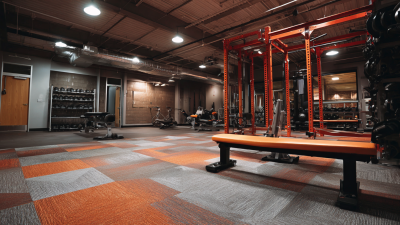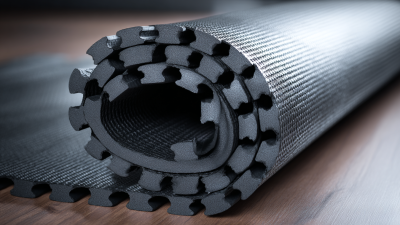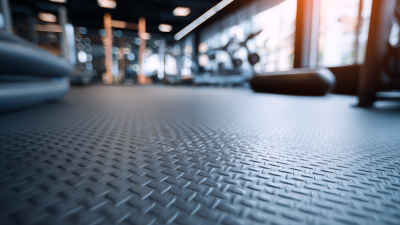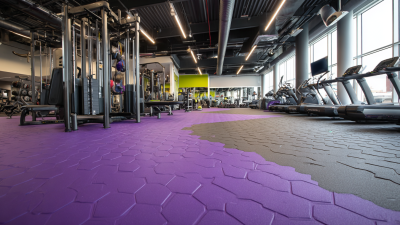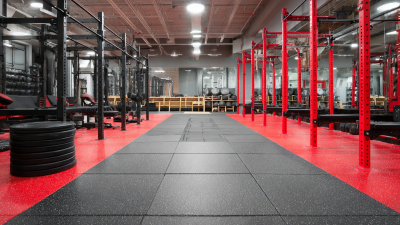When it comes to selecting the optimal flooring for a gym environment, the importance of "Rubber Mats Gym Flooring" cannot be overstated. According to a report by IBISWorld, the fitness center industry is projected to grow by 3.2% annually, highlighting the increasing need for facilities that prioritize durability and safety. Rubber mats offer unparalleled resilience and slip resistance, making them essential for high-impact workouts and the protection of both gym equipment and patrons. A study by the National Floor Safety Institute indicates that rubber flooring can reduce slip and fall accidents by up to 50%, which is crucial for maintaining a secure exercise environment. With various types of rubber mats available in the market, understanding their features and performance characteristics is vital for gym owners and fitness enthusiasts alike, ensuring a safe and durable choice that meets the demands of rigorous physical activity.
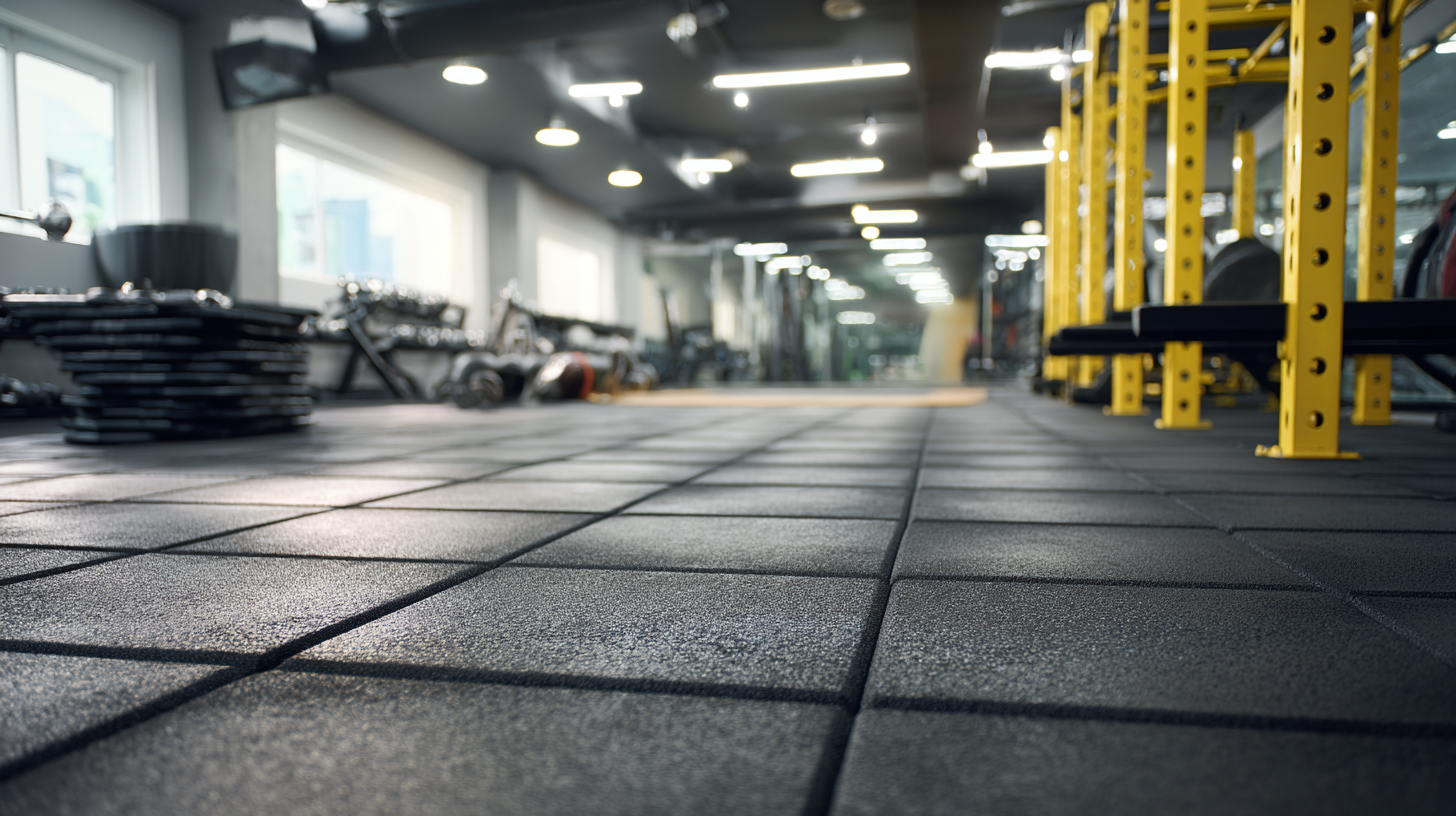
When selecting rubber mats for gym flooring, understanding the importance of durability is essential for ensuring a safe training environment. Research indicates that rubber flooring can last anywhere between 10 to 20 years, depending on the thickness and quality of the material used. Thicker mats, typically ranging from 3/8 inch to 1 inch, provide superior shock absorption and longevity, reducing the risk of wear and tear that can lead to safety hazards. According to a 2021 industry report, more than 60% of gym owners reported that investing in high-quality rubber flooring has significantly decreased maintenance costs and potential liability from injuries related to flooring degradation.
Additionally, the durability of gym flooring mats is crucial for enhancing workout performance. High-quality rubber mats resist moisture, bacteria, and odors, which can compromise both hygiene and comfort during intense training sessions. Data from market analysis firms indicates that gyms equipped with durable rubber flooring see a 25% increase in user satisfaction, as patrons feel safer and more confident when exercising on reliable surfaces. Therefore, when choosing gym flooring, prioritizing durability not only elevates safety standards but also ensures that gym facilities can maintain their investment over the long term.
When selecting rubber mats for gym flooring, one of the critical factors to consider is the thickness of the mats. According to industry standards, rubber mat thickness typically ranges from 3 mm to 25 mm. Thicker mats, generally above 10 mm, provide enhanced shock absorption, which is crucial for high-impact activities such as weightlifting and plyometrics. A study by the American Society of Testing and Materials (ASTM) indicates that a mat thickness of 20 mm can reduce impact forces by as much as 50%, minimizing the risk of injury and providing a safer workout environment.
Moreover, the optimal thickness also plays a significant role in comfort and support during workouts. Mats between 6 mm and 15 mm are often recommended for activities like yoga or pilates, as they offer sufficient cushioning without sacrificing stability. According to a report from the International Health, Racquet & Sportsclub Association (IHRSA), gyms that invest in mats with the appropriate thickness have reported a 30% reduction in customer complaints related to discomfort or injury during fitness classes. Thus, evaluating rubber mat thickness is essential to delivering both safety and comfort for gym-goers, ensuring that fitness facilities can meet the diverse needs of their clientele.
When selecting rubber mats for gym flooring, the surface texture is crucial for ensuring both safety and performance. A textured surface can significantly enhance grip, which is vital for preventing slips and falls during intense workouts. For high-impact exercises, look for mats that feature a thicker, ribbed design that can provide both traction and cushioning. This not only protects the joints but also adds a layer of security when performing dynamic movements.
**Tips:** Always choose rubber mats with a non-slip surface for high-intensity workouts. Additionally, opt for mats that are engineered with drainage channels to reduce water accumulation, which can lead to accidents. For weightlifting areas, a flat texture may be preferred, as it offers stability and support during lifts.
Moreover, consider the type of activities performed on the flooring. For cardio workouts, mats with a more aggressive texture can be beneficial, as they grip shoes and feet effectively. Conversely, yoga and stretching areas may require smoother textures to allow easy movement and transitions without irritation. Ultimately, the right surface texture enhances both safety and performance, making it essential to assess the specific needs of your workout environment.
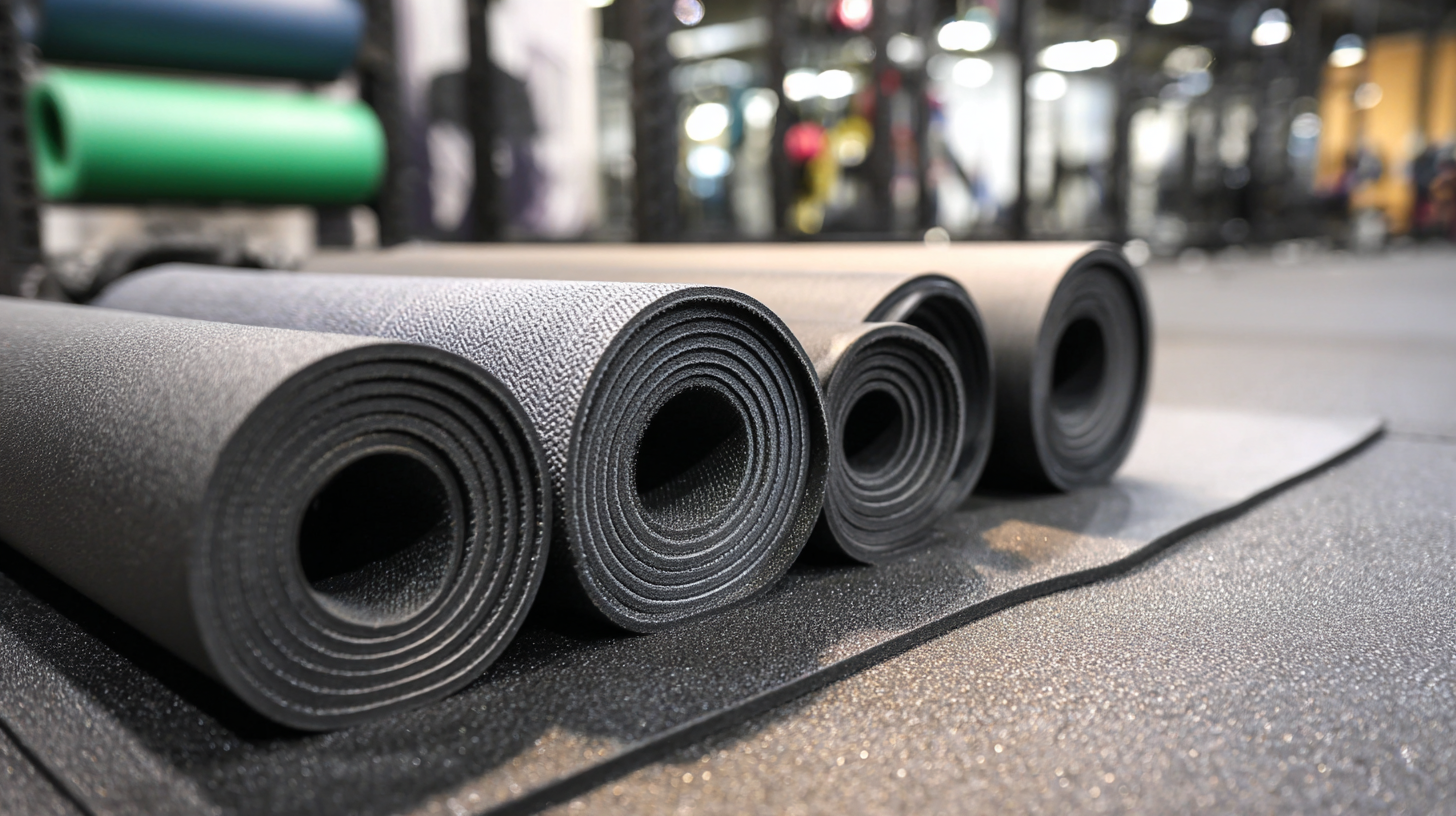
When selecting rubber mats for gym flooring, two critical factors to assess are weight capacity and shock absorption features. The weight capacity of the mats ensures they can withstand heavy gym equipment and vigorous workouts without compromising their integrity. Look for mats specifically designed for high-traffic areas, which often indicate higher durability and capability to handle substantial weight without significant wear and tear.
Shock absorption is equally important, particularly for activities that involve jumping or high-impact movements. Mats with excellent shock absorption features can minimize the risk of injury by reducing the impact on joints during exercises. Consider mats with a thicker profile and a denser composition, as these often provide better cushioning.
**Tips:** Always check the manufacturer's specifications for weight capacity ratings and opt for mats that offer at least a 25% higher capacity than your maximum anticipated load. Additionally, conducting a bounce test can help you determine the level of shock absorption—the more it bounces back, the better it will handle impact. Be sure to look for certifications or ratings that specify shock absorption levels, which can further guide your selection.
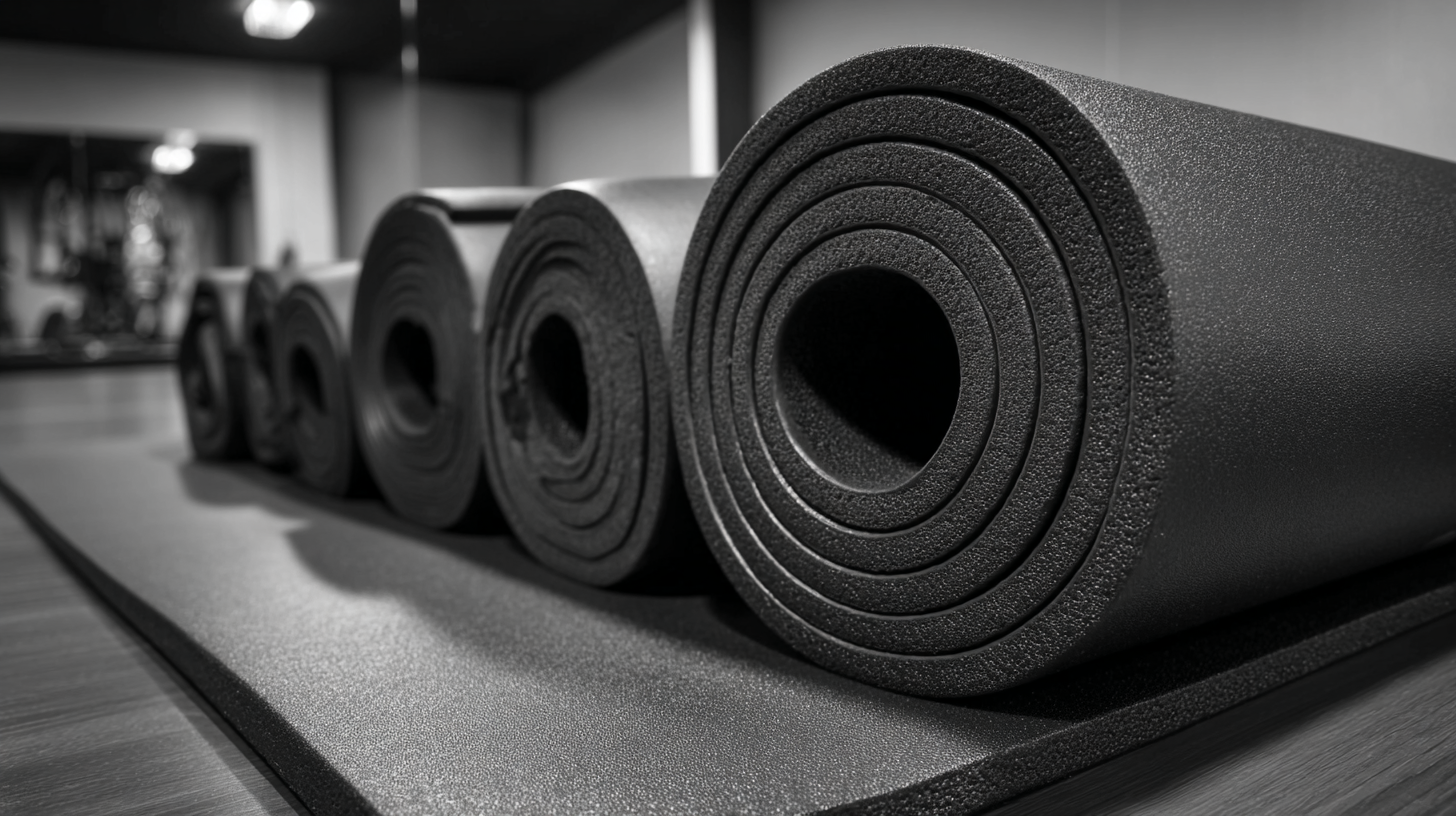
When selecting rubber mats for gym flooring, it’s essential to consider the specific activities that will take place in your fitness area. Different types of rubber mats offer varying levels of grip, cushioning, and durability, making them suitable for diverse workout routines. For instance, heavy-duty mats are ideal for weightlifting as they can withstand the impact of dropped weights, while mats designed for aerobic activities may prioritize comfort and traction to support movements like jumping or dancing.
**Tips:** When choosing mats, consider mats with interlocking edges for easy assembly and cleaning. Also, look for mats that are specifically designed for your activities, such as thicker mats for high-impact exercises and thinner options for yoga or pilates to maintain stability. Always check for slip-resistant features to enhance safety during workouts.
Moreover, it’s crucial to evaluate the maintenance requirements of the mats. Some mats may require specialized cleaning to ensure hygiene and longevity, especially in high-traffic gym environments. Additionally, consider the thickness of the mat based on the types of workouts planned. Thicker mats provide better shock absorption, while thinner mats offer improved balance.
| Rubber Mat Type | Thickness (inches) | Best Use Case | Durability Rating | Safety Features |
|---|---|---|---|---|
| Interlocking Tiles | 0.5 - 1.0 | Home Gyms, Cardio Areas | High | Anti-slip, Shock Absorbent |
| Rolled Rubber | 3/8 - 1/2 | Weightlifting Areas, High Impact | Very High | Water Resistant, Durable |
| Foam-Rubber Hybrid | 1.0 - 2.0 | Yoga, Aerobics | Medium | Cushioned, Anti-Slip |
| Rubber Tiles | 1.0 | Multi-Purpose Areas | High | Noise Reduction, Impact Resistant |
| Gymnastics Mats | 2.0 | Gymnastics, Floor Exercises | High | Extra Cushioning, Non-slip |
